 |
|
||||||
|
 |
|||||||||
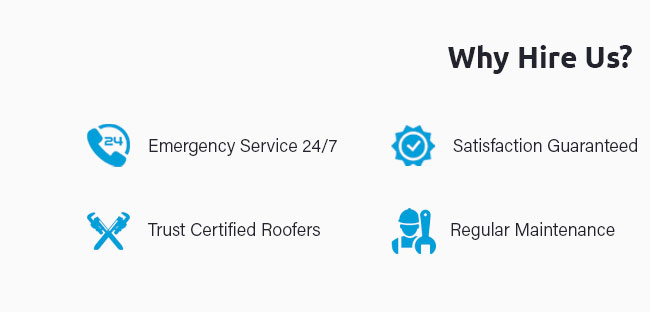 |
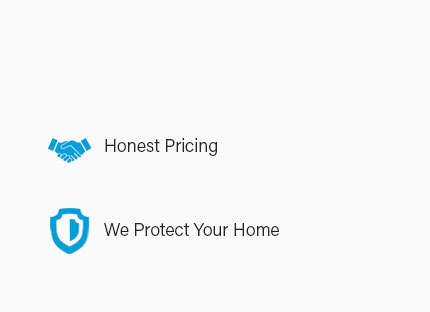 |
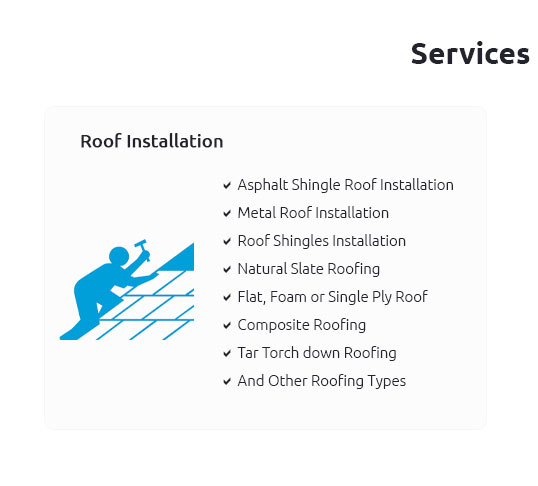 |
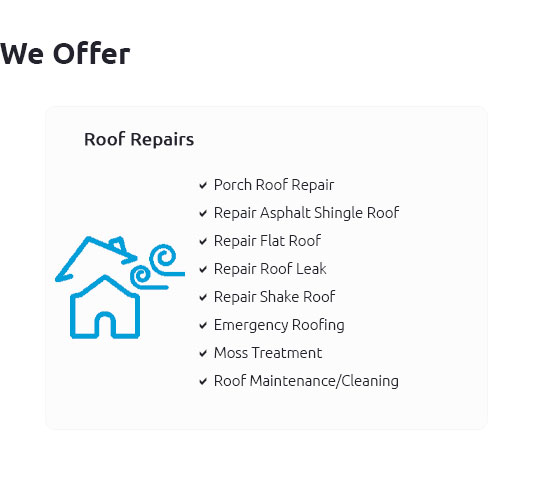 |
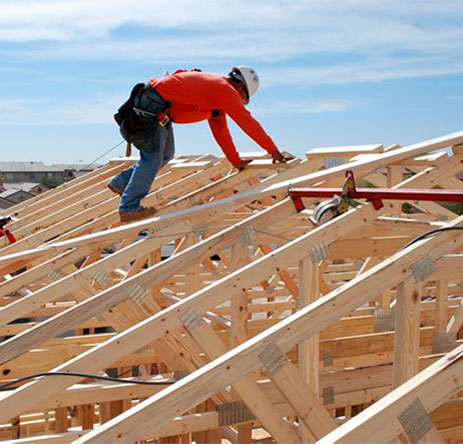 |
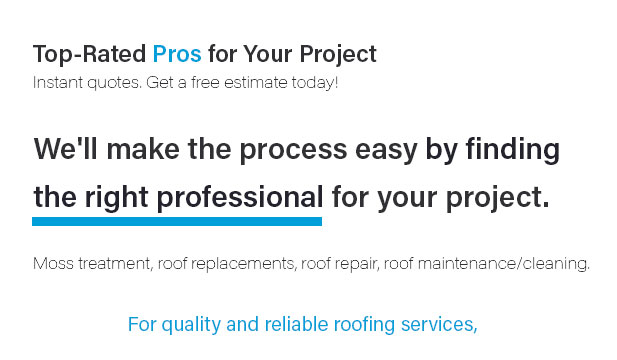 |
 |
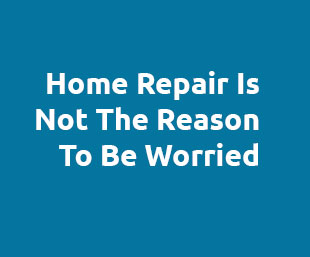 |
 |
|
|
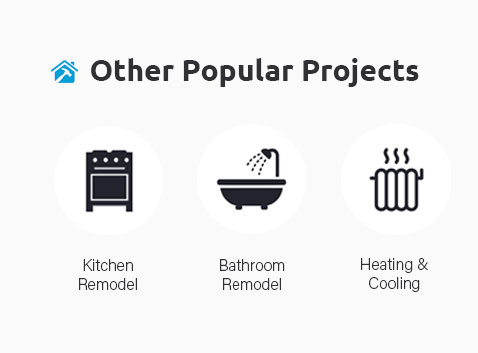 |
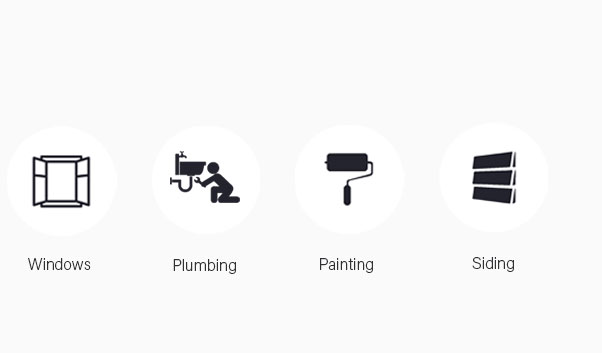 |
 |
 |
|
jbkoyr8fn For top-quality conservatory roof replacement, trust our experienced local roofers to enhance your home's functionality and aesthetics. Our team specializes in transforming old conservatory roofs into energy-efficient, durable structures tailored to your needs. We utilize the latest materials and techniques to ensure your conservatory stays comfortable year-round. Whether you're dealing with leaks, poor insulation, or outdated styles, our conservatory roof replacement services have you covered. Contact us today for a free consultation and see why we're the leading roofing service in the area.
https://www.reddit.com/r/AskUK/comments/ulmt85/has_anyone_had_a_conservatory_roof_replaced_to/
The old polycarbonate roof was in need of repair anyway and wanted it to be useable all year. Went with a supalite roof installer with ... https://clearambershop.com/en-us/blogs/trade-and-diy-blog/conservatory-roof-replacement-options?srsltid=AfmBOort8NaIBbFQ9Yu7emUcUMVeWu3Z1QvyD3GWNe83pvoBSTK-Ajpl
We often get asked what the best conservatory roof replacement options are so here is a comprehensive article to help guide you to the right choice. https://www.nvroofs.com/blog/p.241105026/conservatory-roof-conservatory-roof-replacement-things-to-know/
Conservatories need to have a lightweight roof because more than 50% of the rest of the structure is typically made of glass with little in the ...
|







